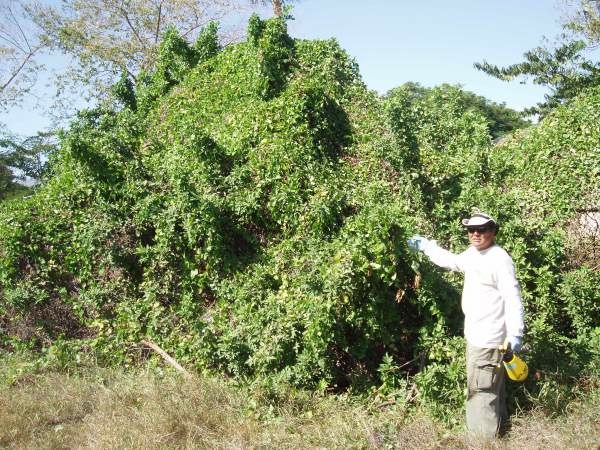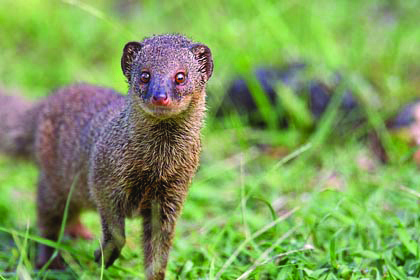On Maui, we are lucky to have so many open spaces. Our island is relatively undeveloped, though you may beg…
Read More
Invasive Plants
The nose knows: dogs sniff out invasive species
This fall there will be some new faces at the Hawai‘i Department of Agriculture (HDOA)– furry faces. The Hawai‘i Detector…
Read More
Check out the MISC Summer 2012 Newsletter: Kia’i i Na Moku o Maui Nui
Click this link for a PDF version of the newsletter: 2012 MISC Newsletter Kia’i i na Moku o Maui Nui…
Read More
The Big Drip: Possible Water and Soil Impacts of the Miconia Invasion in Hawai‘i
By Thomas Giambelluca Anecdotal evidence suggests that, besides impacting biodiversity, the invasive tree Miconia calvescens is causing landslides and other…
Read More
What you need to know to recognize BBTV-the 97 second video
In Maui County contact the Maui Invasive Species Committee at 573-6472 to confirm and control infested plants. Always get banana plants…
Read More
Moving on from the Mongoose: the Success of Biological Control in Hawai‘i
Achieving balance–in your workplace, at home, on your surfboard, or with your checkbook—makes life manageable. Natural environments depend upon balance…
Read More



